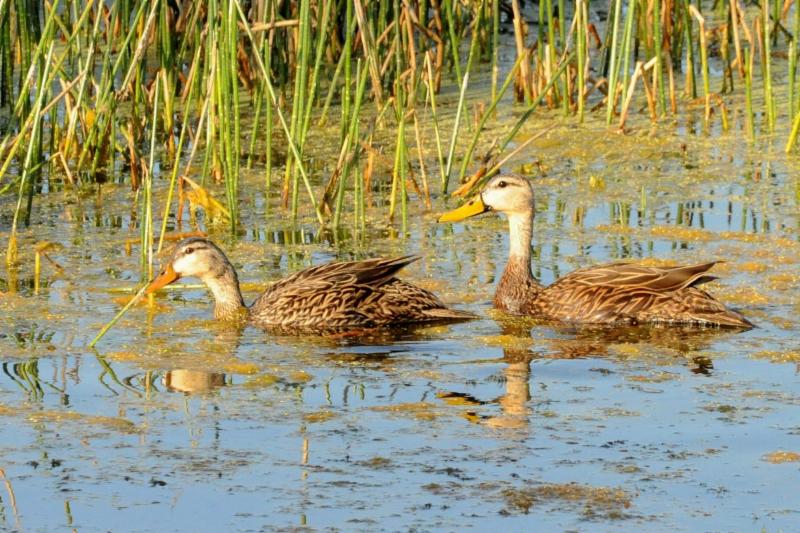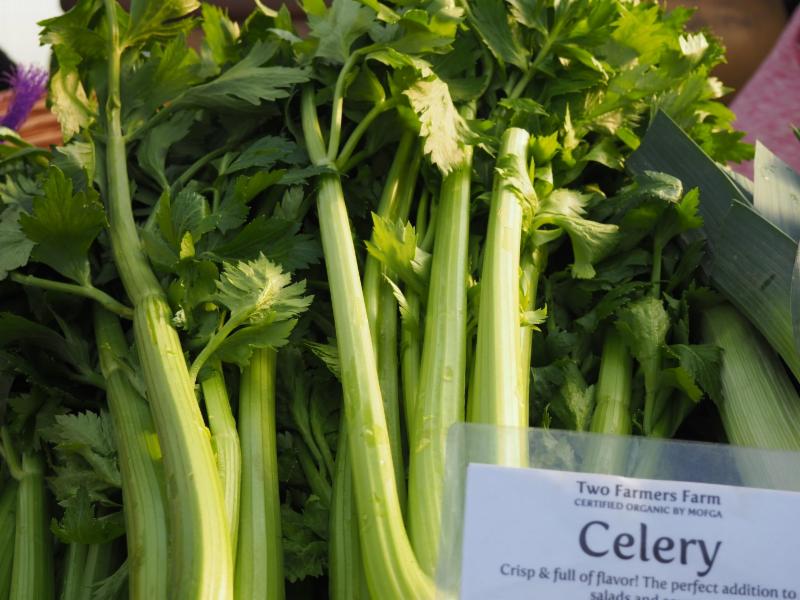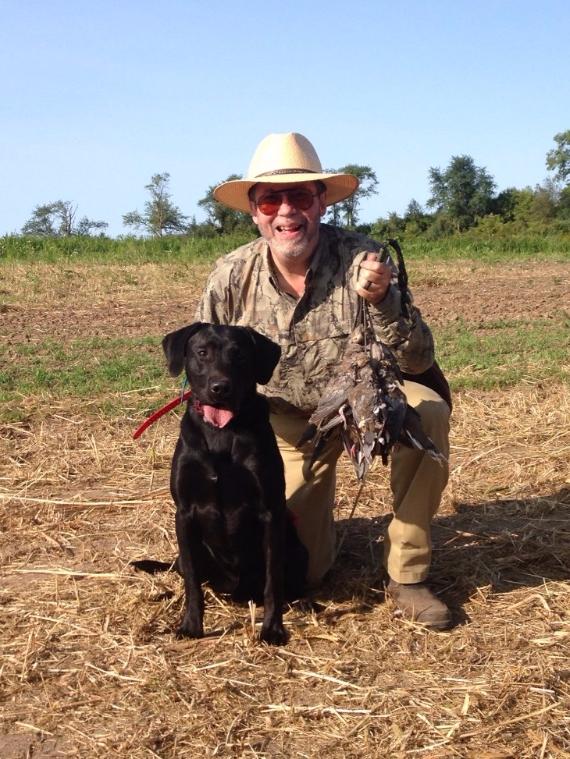A Bigger Story Behind Declining Hunter Numbers
McGraw Center
for Conservation Leadership
Photo by Peter Anderson/flickr
The news from
the U.S. Fish & Wildlife Service
and U.S. Census Bureau was sobering to anyone who understands the role hunters play in funding conservation: Hunter numbers have dropped by about 2 million people in the past four years.
At the same time, we've seen the amount of money spent by hunters annually in this country drop by more than $10 billion since 2011.
Yet that might not represent the whole story. The data used to compile this report is murky and doesn't take into account several factors.
|
|

Will Mallards
Wipe Out Mottled Ducks?
By Joanna Klein/The New York Times
Photo by vladeb/flickr
A duck is a duck, right? Well, yes, but when one duck mates with a duck of another species, there's the risk that one of the original species could cease to exist. And then that duck is a duck no more.
But who cares? A new, hybrid duck will emerge, and that duck is a duck, right? Maybe over geological time that would be true. But in a natural world affected by human activity, ecologists and conservationists worry that hybridization can upset ecological balances and undermine the survival of species involved in such a blend. Although not a problem yet,
a study
in The Condor: Ornithological Applications suggests the riddling possibility that two duck species forming a hybrid species could one day leave us with less diversity among North American ducks.
This study is the first to assess the rate at which mallard and Mottled Ducks are combining into hybrids in the western Gulf of Mexico region of the United States. Their results highlight important questions about the interbreeding of species: How much of it is nature doing its own work? How much of it is influenced by humans? And at what point should we be concerned?
|
For Hunters,
Farm Bill Key
to Success
By Sam Cook/Duluth News Tribune
McGraw photo by Alex Garcia
As pheasant and duck hunters prepare for their upcoming seasons, they'll do so knowing that their success depends in part on policies hashed out in the nation's capital.
Specifically, the federal Farm Bill's conservation provisions have a direct correlation to the number of birds on the ground - or on the water. The amount of private land enrolled in the bill's Conservation Reserve Program, a staple of the Farm Bill, correlates strongly with duck and pheasant numbers, especially in Upper Midwest states such as Minnesota, the Dakotas and Montana.
"CRP has historically produced a net increase of 2 million ducks a year in North and South Dakota and Montana," said Kellis Moss, director of public policy for Ducks Unlimited.
The McGraw Center for Conservation Leadership has developed a white paper recommending conservation measures for the Farm Bill. You can read about the Heartland Waters initiative here.
|

The Crops that Made Chicago Famous
By Monica Eng/WBEZ
Photo by Seacoast Eat Local
In the decades following the city's founding in 1833, Chicagoans drained swamps, and once they had gained metal-blade plows they worked the rich soil that lurked below a vast prairie. This farming continued for many decades, sometimes in land smooshed between roads and commuter rail lines.
The city's emergence as an agricultural center occurred at the same time the city was industrializing and, in fact, for some of the very same reasons.
"If you think of it, all those things that made us this trading town, they also made us a very good place to export," says Daniel Block, Chicago State University geographer and author of Chicago: A Food Biography.
Specifically, these things included great railway access, abundant immigrant labor, central trading markets and processing facilities. Plus, Chicago had awesome soil and plenty of manure.
If you're inclined to think of 19th-century Chicago as a railway-tangled, smoke-belching industrial behemoth, here's more about how it was also the first city of flowers, a pickle powerhouse and the heart of American celery.
|

The Splash Chronicles, Chapter IV: Comeback Kid
By Kerry Luft/McGraw
McGraw photo by Stephen Rosasco
September 1 is one of my favorite days of the year, right up there with Christmas. The reason is simple: Dove hunting.
A few months ago, that didn't seem possible. Splash, the puppy that held all my hopes, couldn't do much of anything, and for a while, I thought the promise he had displayed as a 9-month-old would never be fulfilled. But he's back, and his presence at my side on Opening Day was a tribute to the care, dedication and professionalism of McGraw's Kennel team: Manager Stephen Rosasco, Assistant Manager Chad Johnson, and Kennel Assistant Mario Rodriguez.
|
|
|
|
|
|